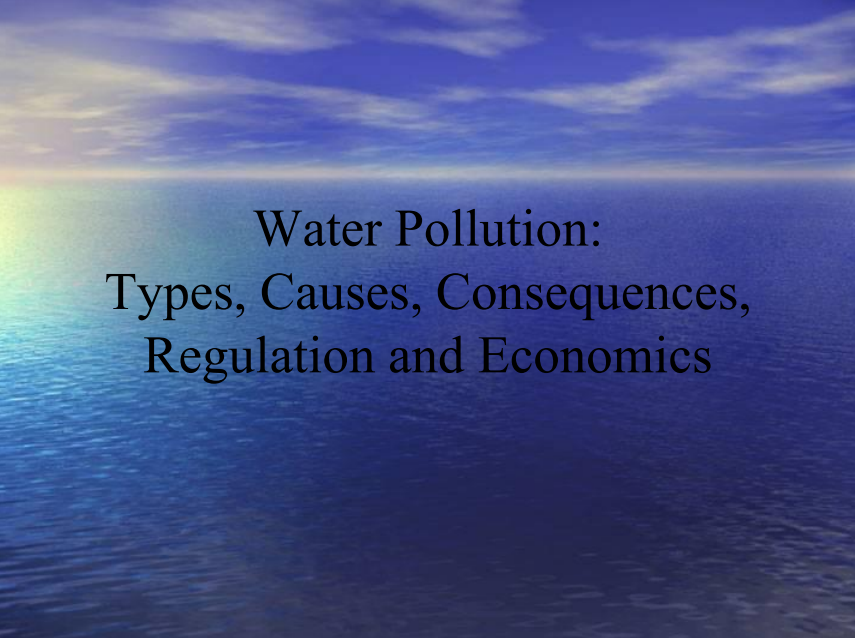Global Drinking Water Quality Index Development and Sensitivity Analysis Report
Global Drinking Water Quality Index Development and Sensitivity Analysis Report
Drinking Water Quality
Drinking Water Quality
Total Organic Carbon For Cleaning Validation Programs; Laboratory, Online & At-Line Analysis
Introduction
Cleaning validation programs are essential to cGMP manufacturing to ensure product quality and patient safety. Total organic carbon (TOC) testing is a compliant method to demonstrate the cleanliness of equipment. Unlike specific methods, TOC gives a comprehensive understanding of cleanliness while gaining process efficiencies. Whether you are new to cleaning validation or a seasoned TOC user, this e-book will provide all levels a wide-ranging understanding of the what, how, and why of TOC for cleaning validation.
Total Organic Carbon For Cleaning Validation Programs; Laboratory, Online & At-Line Analysis
Introduction
Cleaning validation programs are essential to cGMP manufacturing to ensure product quality and patient safety. Total organic carbon (TOC) testing is a compliant method to demonstrate the cleanliness of equipment. Unlike specific methods, TOC gives a comprehensive understanding of cleanliness while gaining process efficiencies. Whether you are new to cleaning validation or a seasoned TOC user, this e-book will provide all levels a wide-ranging understanding of the what, how, and why of TOC for cleaning validation.



















